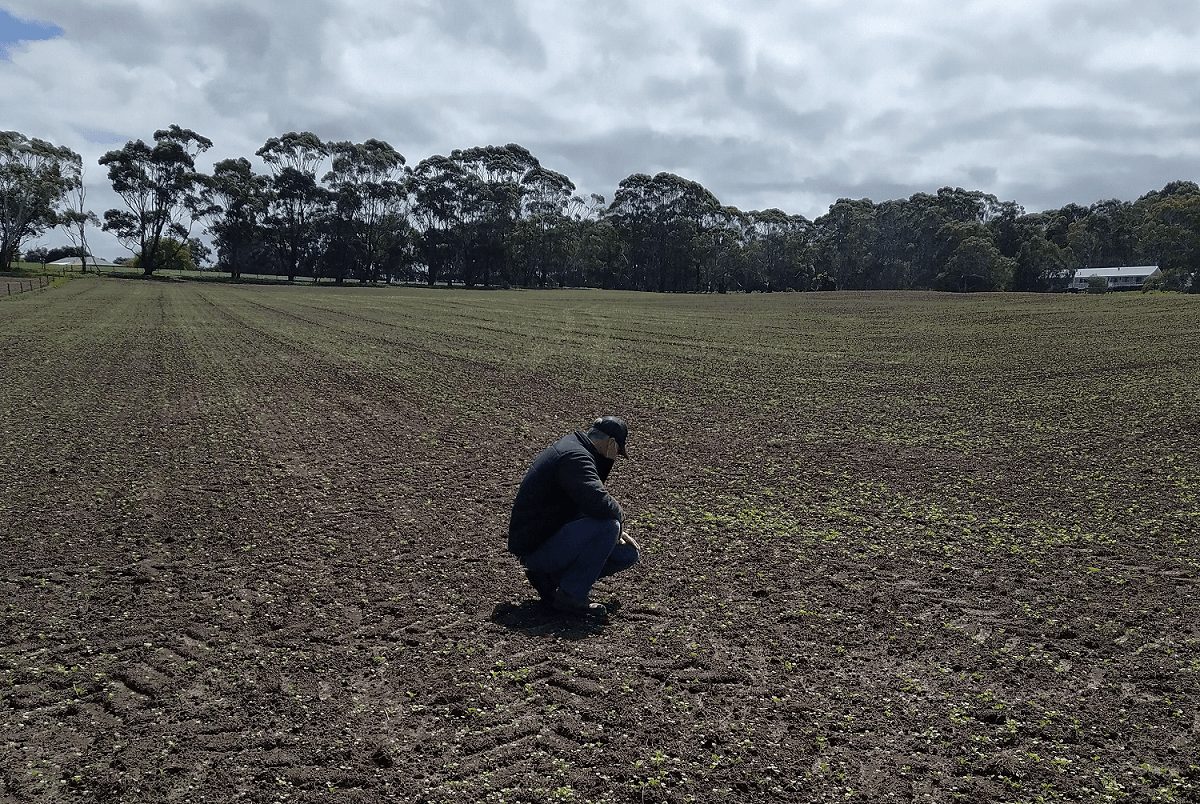Read the latest on the use of summer forages with thoughts from Andrew Allsop, a member of our Western Victorian pasture team Spring and early summer paddock renovation provides an opportunity to establish home grown feed for summer, autumn and if intended winter forage. Spring and summer sown forage can be used for a variety of reasons, but the main reasons are to form part of your annual pasture renovation program and the other to produce valuable feed at key times when permanent pastures are of low quality and quantity. At Notman Pasture Seeds, both our Gippsland & Western Vic teams have access to a wide range of cultivars – it’s just a matter to constructing a plan that suits […]
Tag: Agronomy
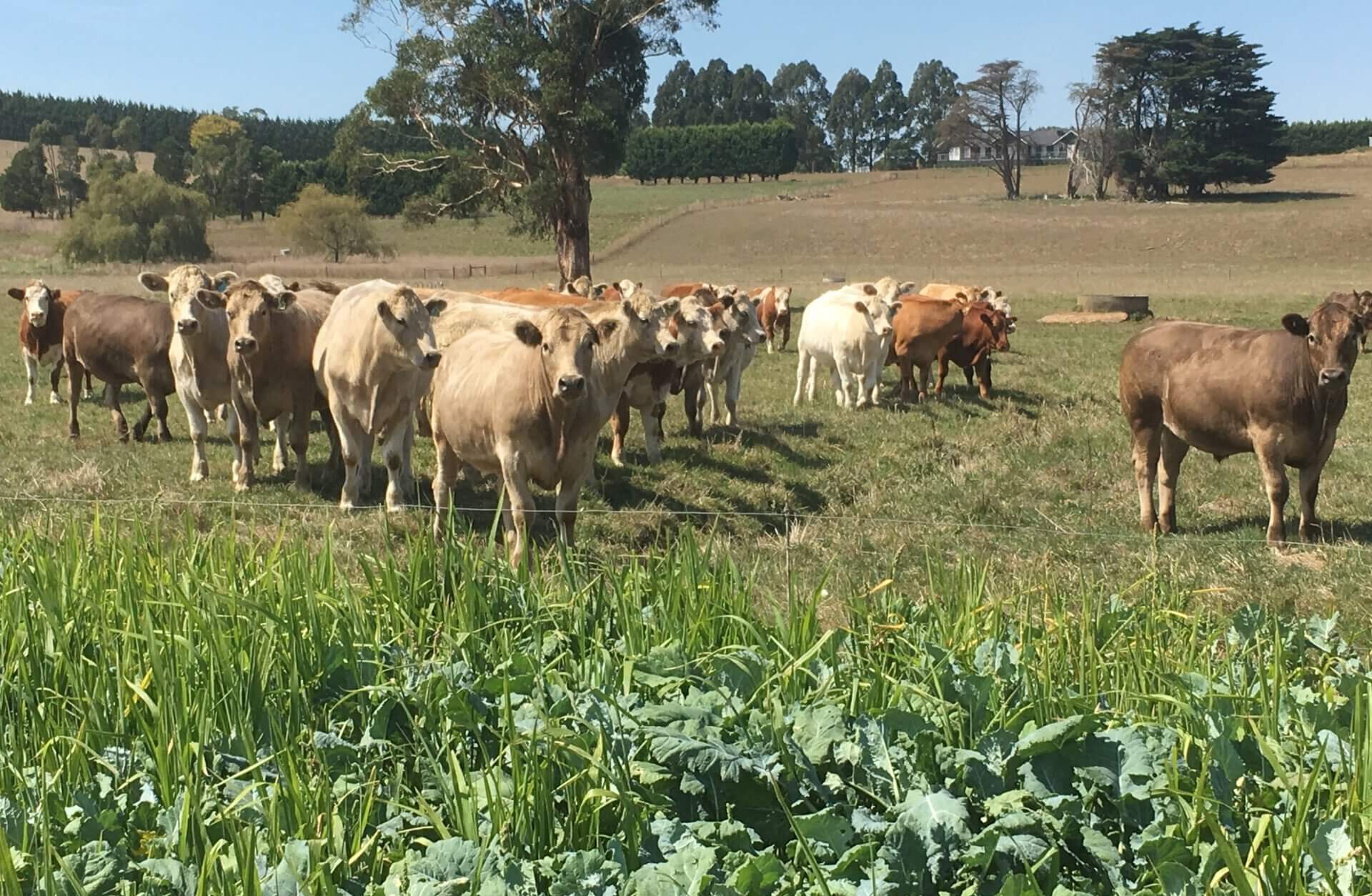
Top Crop Millet & Rape agronomy with Jonathan Town
Read the latest on the use of ‘Top Crop Millet & Rape’ forage blend with thoughts from Jonathan Town, Notman Pasture Seeds Western District Agronomist. Summer forage crops play a critical role in delivering quality feed during a traditionally dryer time of year through the November – April period in southern Victoria, during a pasture feed-gap due to low average rainfall and higher temperatures. This is why it is important to get feed budgeting right, whether that is for the milking herd, breeder stock or prime lambs. While conserved feed is the goal, as that preserves perennial pastures allowing them to come away again each autumn, where paddock renovations are occurring, maximising feed grown and utilised during the cropping stage […]
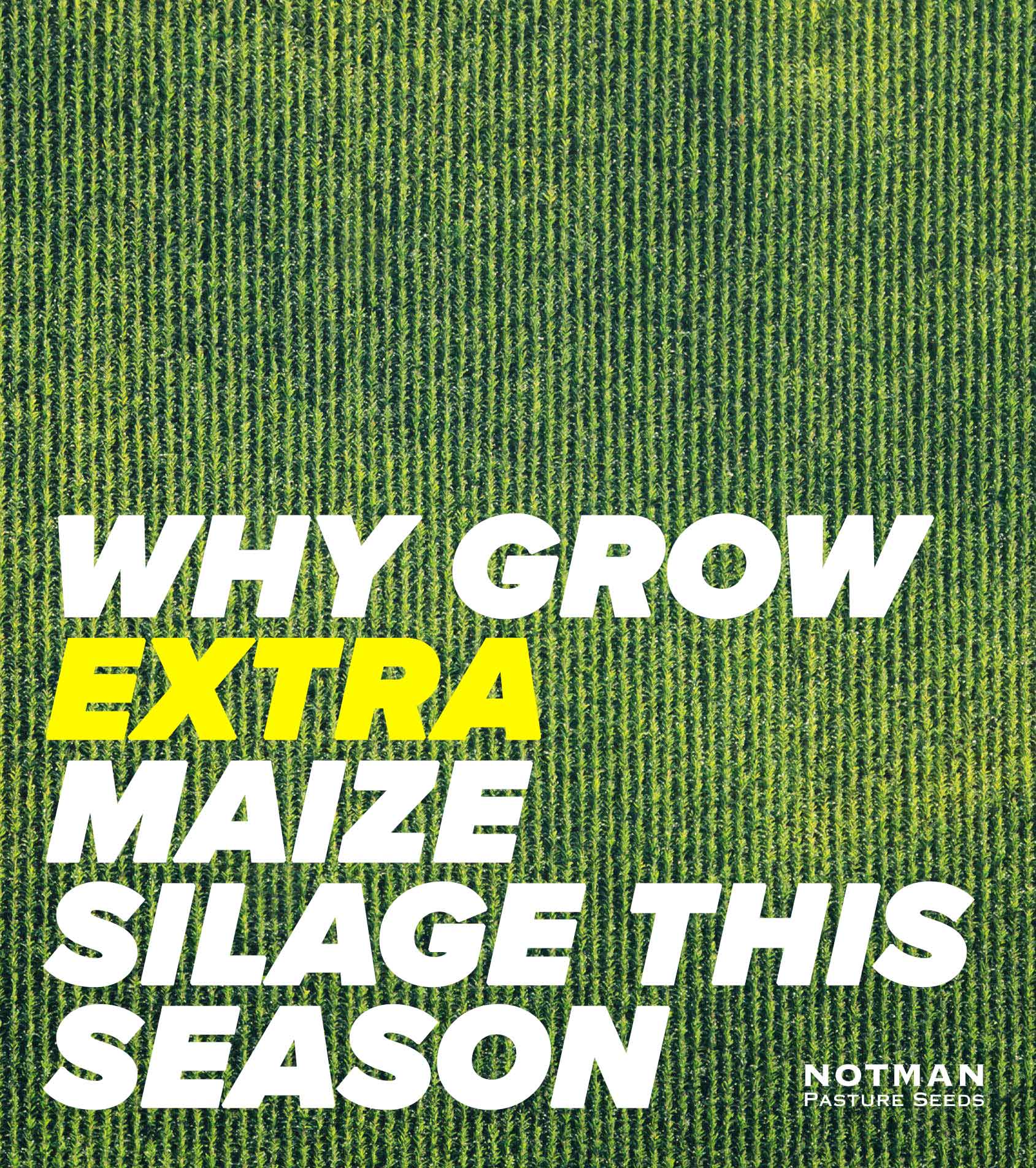
Why grow extra maize silage this season?
For many farmers, growing some maize silage on farm makes good sense. Market prices dictate the type of bought in feed, they may have access feed out carts, feed pads, run short of maize silage when you really needed more…there’s many reasons why farmers have considered planting an extra paddock, or contracting a few more tonnes of maize silage this season. Risk management is certainly important with maize, which is particularly beneficial during challenging seasons. Could planting an extra paddock offset risk of the entire crop yield? So losses in overall yield are made up by having an extra paddock in? Here we’ve listed some reason’s why you might grow a bit more extra maize silage in 2022-23: Reduce your feed costs […]
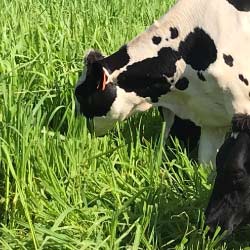
Diverse summer crops. Flexibility, Reliability and Regrowth
Spring is a critical time of year, especially for preparing for summer and autumn grazing crops. With Southern Victorian moisture levels largely the early part of the season bodes well for yield potential and quality. Across mixed farming platforms including sheep, beef and dairy premium mixed forage crops have shown their worth across many measures – with improved growth, quality, persistence, palatability and insect tolerance. Peter Notman, dairy farmer at Walcha and owner of Notman Pasture Seeds says results from grazing newer varieties of diverse summer crops have been exceptional, importantly continuing to offer flexibility, reliability and strong re-growth. “Like most regions we cannot get enough grazing tDM and quality off existing ryegrass & clover pasture base over summer to […]
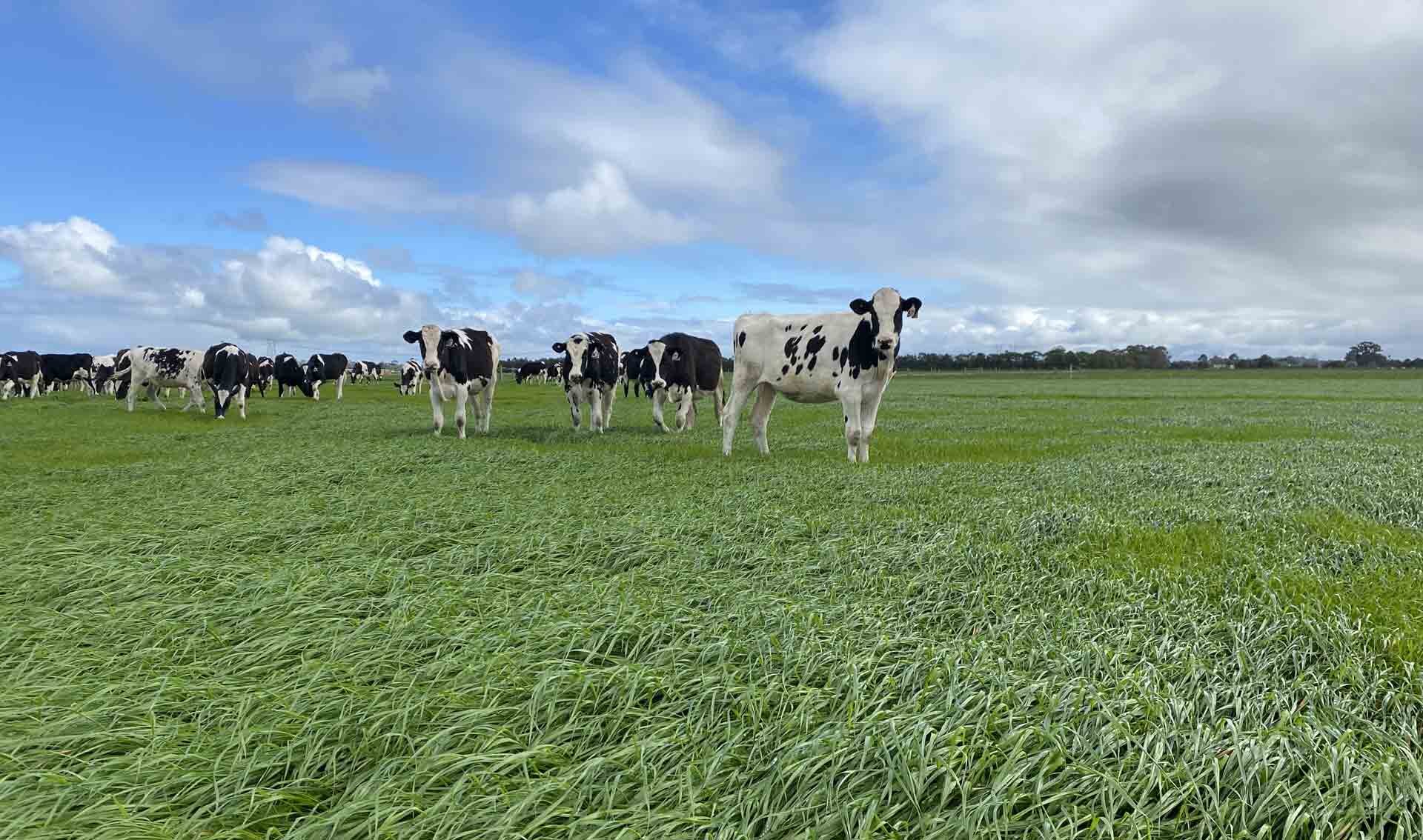
Better results from pasture renewal with a final check
Maximising autumn pasture renewal starts with optimising pasture establishment by checking for & eradicating competing weeds & grass – and this can make all the difference in success or sub-optimal establishment of new pasture. A final check of your paddocks before you spray them out this season is the first step towards establishing strong & persistent pasture. It’s an opportunity to find out what weeds are present, taking pictures if you’re unsure, and getting in touch with your local agronomy team to find out what you need to get rid of them. It often as simple as this final check. Peter Notman of Notman Pasture Seeds says even if you’re ticking all the other boxes with good variety selection, adequate soil fertility and start-up fertiliser, this final paddock check before sowing can establish the need to broaden […]
Pest protection for emerging seedlings – Insecticide Seed Treatment
Seed treatment is an effective way to protect emerging seedlings against pests, with options available for: Red-legged earth mite Blue oat mites African black beetles Aphids Cutworms Wireworms and Lucerne flea. Why use seed treatment? If you’ve encountered pasture loss in the past due to insect pressure, seed treatment is a worthy consideration. By protecting seedlings against key insects, seed treatment products help maximise plant establishment and early plant development when young seedlings are most vulnerable to pest pressure. Reducing the impact on the soil environment The active ingredient only covers the surface of each seed so that it is always located right where it is needed. The result is a reduction in the amount of chemical needed to protect […]
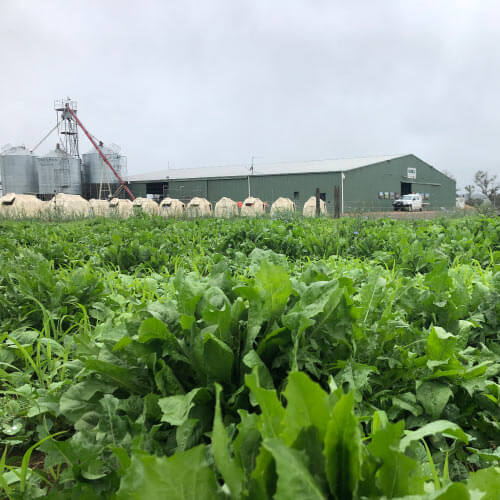
Spring into action with our Top Crop & Multi Specie Blends
We’ve put together a selection of our Top Crop & Multi Specie Pasture blends that have a proven track record in providing diverse feed options for summer and early autumn: Top Crop Brassica & Herbs Top Crop Millet & Brassica Top Crop Millet & Rape Summer Multi Species Pasture Blend Top Crop Brassica & Herbs High quality summer forage A extremely high quality, easy to manage blend of Chicory, Plantain, White Clover, Leafy Brassica & Forage Rape. Top Crop Brassica & Herbs is an excellent way to increase pasture quality through to early Autumn when you can potential drill perennial grasses back in.This blend combines herbs and clovers with a brassica crop, allowing the brassica to act as a cover […]

Pasture recovery from pugging damage
PETER NOTMAN | 2011 Despite the best efforts of many farmers, with the high rainfall in autumn, winter and early spring periods, soils have become saturated. This has led to severe pasture damage on a large number of farms in south-west Victoria and Gippsland. Recovery will depend on a number of factors, and when planning the recovery strategies best suited to your farm. KEY POINTS Prioritising your main targets early if possible. Don’t take on more than you can manage effectively. Roll as soon as soils begin to dry out – have the roller ready to go Control of weeds and pests essential both pre- and postgrazings of new re-sowings All re-sowing requires appropriate timing. All re-sowing requires good seed […]
Managing grass for lower sugar content
Fertiliser: It’s essential your paddock has enough nutrients to grow leafy and minimise the sugar concentration. Overgrazed poor pastures often have Native species: Native species are lower in sugar, however they don’t tolerate hard grazing very well. Hard grazing generally depletes the roots reserves. In an ideal world pastures are rotated to give the root reserves a rest. Graze earlier in the day: Generally lower sugar levels in the morning, or even in the shady areas of a morning. Sugars raise in the afternoon. Sunshine / Shade:
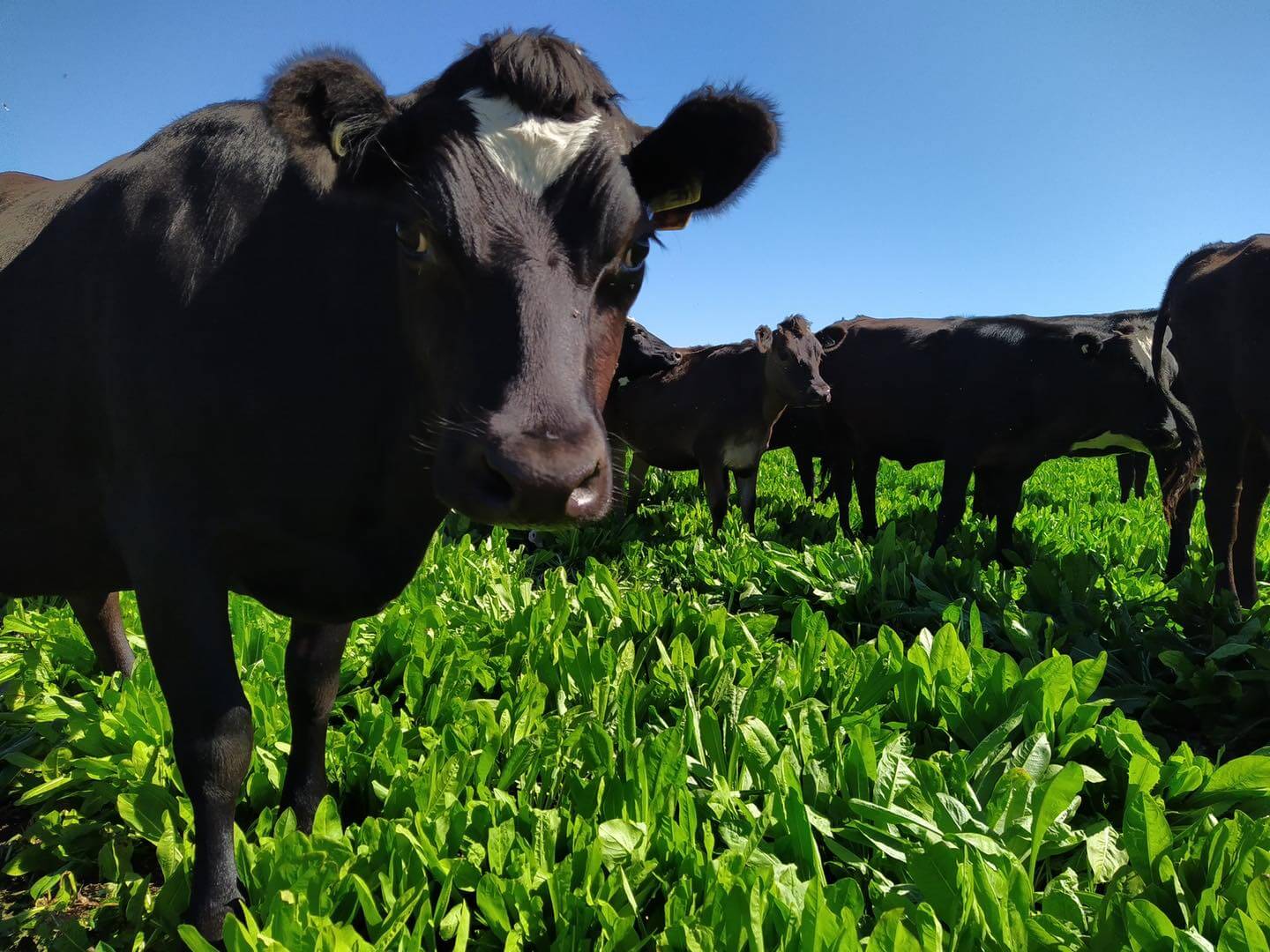
Chicory – a proven winner in Gippsland
Chicory – a proven champion. “In the thirteen years we have grown chicory we have naturally had dry years, but the year on year reliability of chicory has been proven to be a real champion” There was often a dramatic need for extra feed during the autumn months, so in 2003 I began planting Chicory. As the farm being mostly red soil it was hard to grow home grown feed at that time of year. Back then we planted full paddocks of chicory at a time from early to mid-September. The chicory grew really well, and with this spring planting and moisture available we would often be grazing within seven weeks of sowing. The chicory was grazed from late spring, […]







